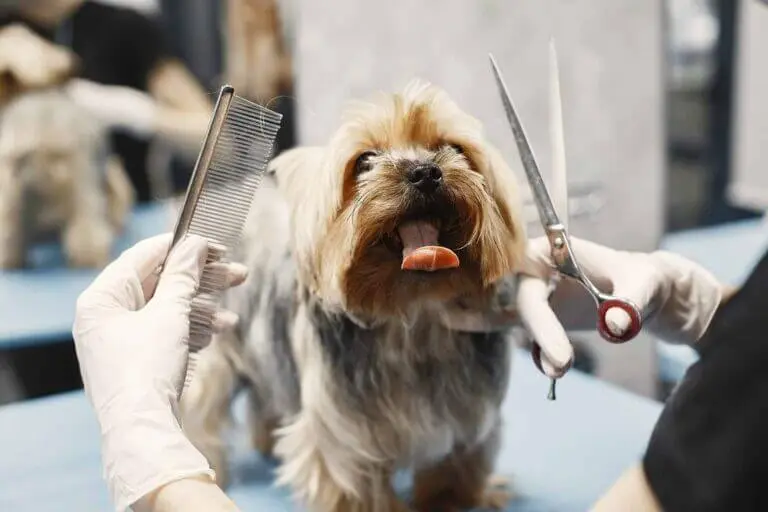Top 10 Questions New Bernedoodle Owners Ask
So, you’ve just brought home an adorable Bernedoodle — part Bernese Mountain Dog, part Poodle, and 100% lovable. But if you’re like most new Bernedoodle parents, your brain is racing with questions. How big will they get? Do they shed? What do they eat?
Relax. We’ve answered the top 10 questions that almost every new Bernedoodle owner asks — with real, honest, and helpful answers.
Let’s get started.👇
1. What is a Bernedoodle’s personality like?
a Bernedoodle’s personality is a lovely blend of affectionate, intelligent, social, and calm traits. They make wonderful pets for families or individuals who can give them attention, love, and plenty of mental and physical stimulation.
Pro Tip: Early socialization makes their sweet personality shine even more.

2. How big will my Bernedoodle get?
Size depends on whether your pup is a Mini, Medium, or Standard Bernedoodle:
| Type | Weight Range | Height Range |
|---|---|---|
| Mini | 15–30 lbs | 12–17 inches |
| Medium | 30–50 lbs | 17–21 inches |
| Standard | 50–90 lbs | 22–29 inches |
Your breeder or rescue center can confirm the size class of your pup. The size of your Bernedoodle will also depend on the genetics and the specific sizes of the Bernese Mountain Dog and Poodle parents. Most Bernedoodles grow to their full size by around 1 to 2 years of age.


3. How much exercise do they need?
Bernedoodles are intelligent and enjoy activities that engage their brains. Puzzle toys, training sessions, and obedience exercises will complement their physical exercise and keep them mentally sharp. Plan for at least 30–60 minutes of daily activity like walks, fetch, or agility games.
Note: Bored Bernedoodles may chew furniture. Keep their mind active!
4. Are Bernedoodles hypoallergenic?
Bernedoodles are often considered hypoallergenic due to their Poodle parentage, as Poodles are known for their low-shedding, curly coats. However, it’s important to note that no dog is 100% hypoallergenic, as all dogs produce some level of dander, which can trigger allergies in sensitive individuals.
- Curly coat (more Poodle): low shedding, better for allergy sufferers
- Wavy/straight coat: may shed more and need more grooming
Note: Proper grooming and care can also help minimize allergens.
5. What should I feed my Bernedoodle puppy?
Stick to high-quality, puppy-specific kibble with real meat as the first ingredient. Avoid fillers like corn or soy.
- Example brands: Blue Buffalo, Wellness, Orijen
- Feed 3–4 small meals daily until 6 months of age

7. How often do they need grooming?
Bernedoodles need regular grooming to avoid mats and tangles.
- Brush: 3–4 times per week
- Bath: Every 4–6 weeks
- Trim: Every 6–8 weeks (or visit a groomer)
Pay extra attention to ears, tail, and behind the legs.

8. Do Bernedoodles get along with kids and other pet
Absolutely. They’re known for their gentle and friendly nature, making them perfect for families with children and even other dogs or cats.
Just introduce them slowly and supervise during the early days.

9. What health issues should I watch for?
Like all breeds, Bernedoodles have some genetic risks.
Common issues:
- Hip or elbow dysplasia
- Food allergies
- Sensitive stomach
- Eye problems
Get regular vet checkups and buy from a reputable breeder if not adopting.

10. Where can I adopt or rescue a Bernedoodle?
You can adopt from:
- Local dog rescues or shelters
- Doodle-specific rescues like IDOG Rescue or Doodle Dandy
- Facebook groups for Bernedoodle rehoming
Adopting saves lives — consider rescue before buying.
















